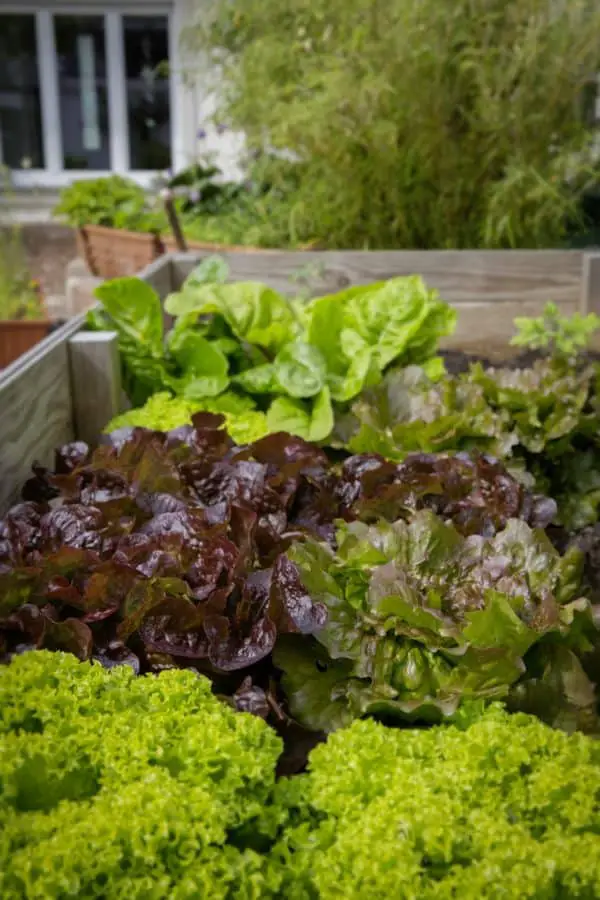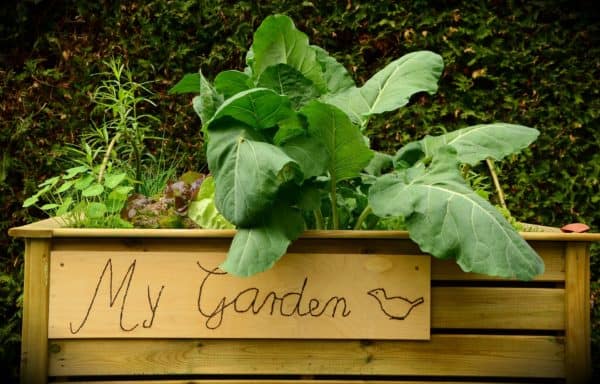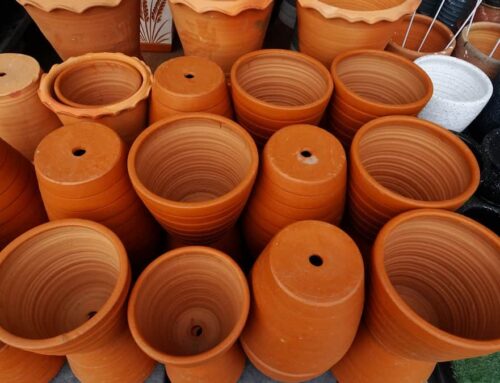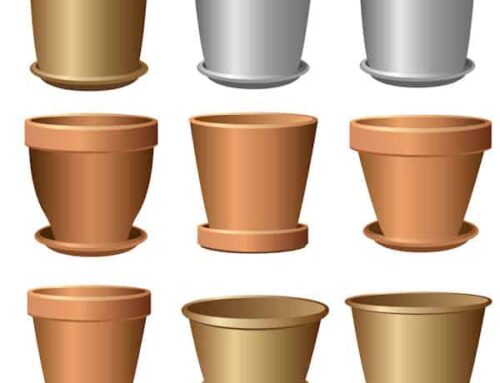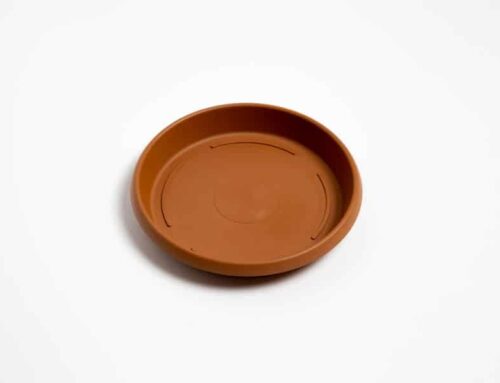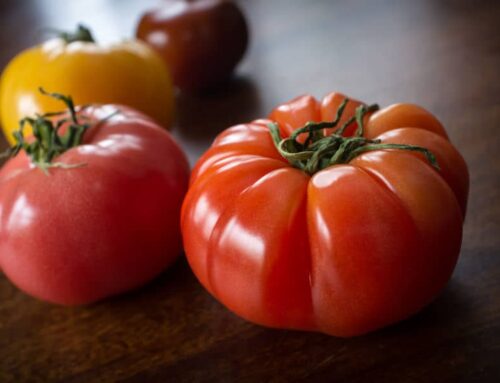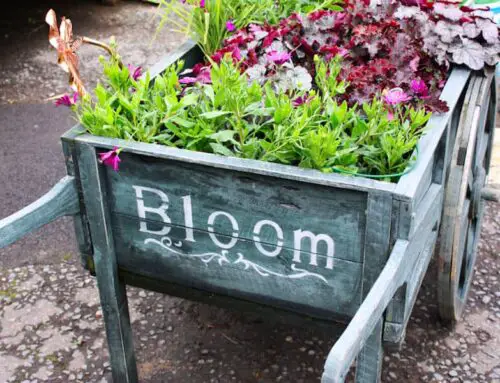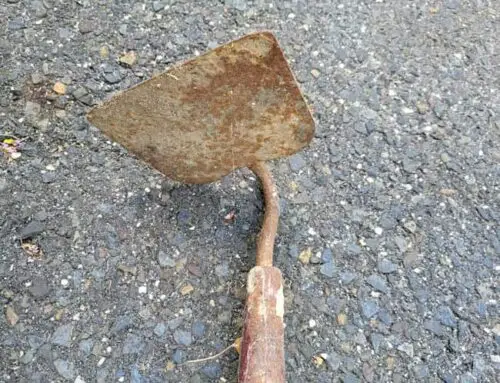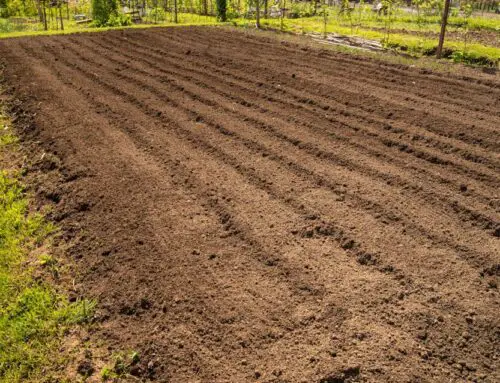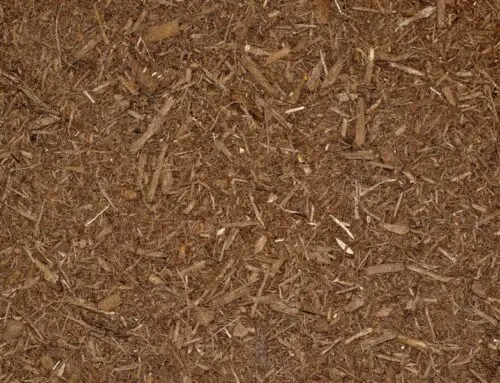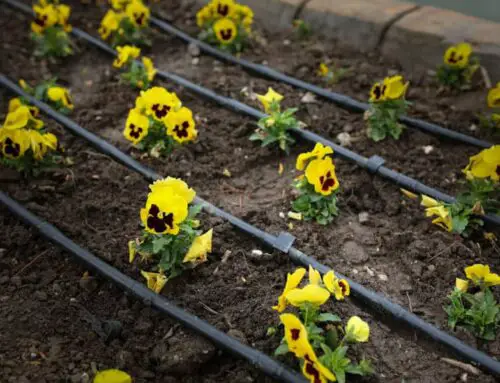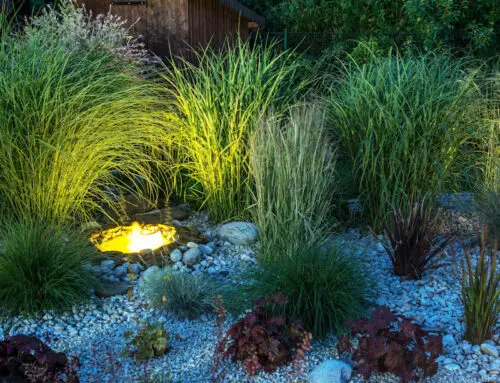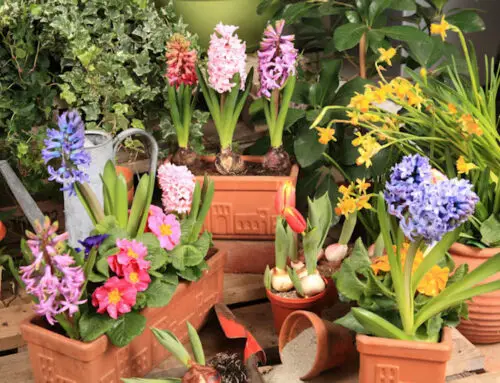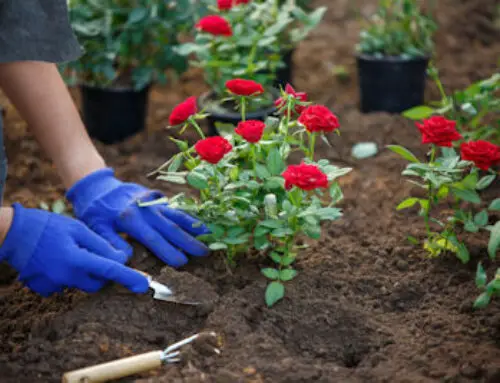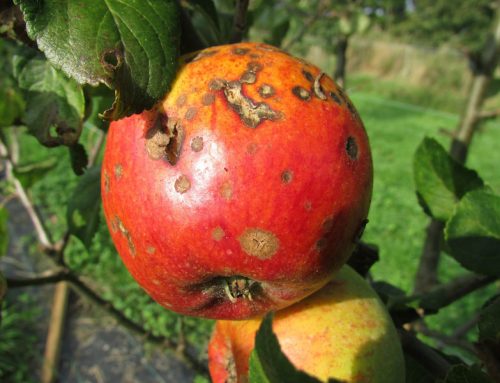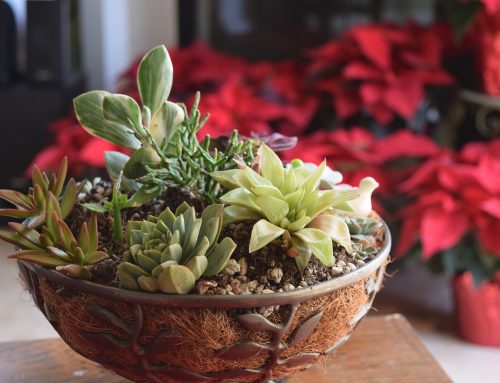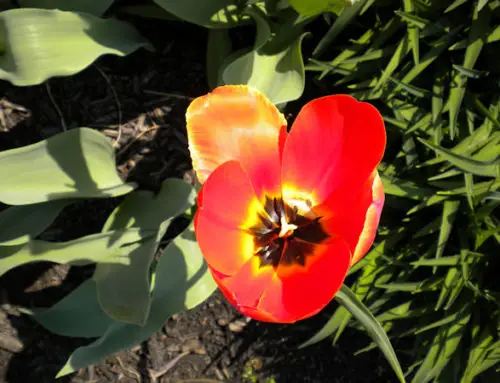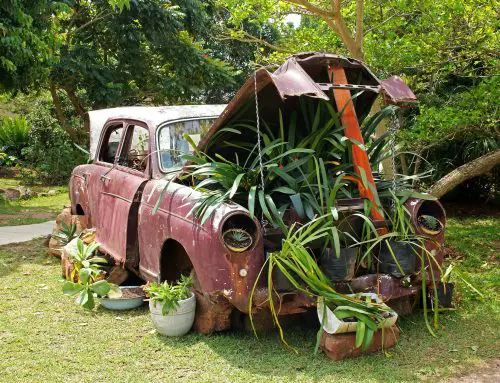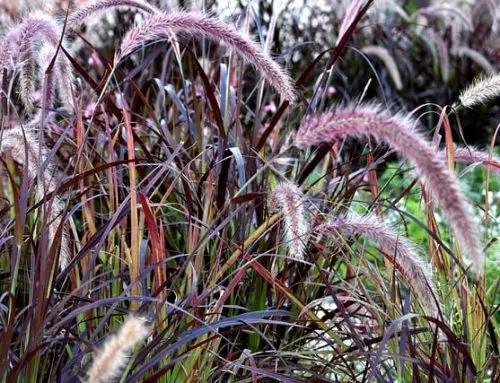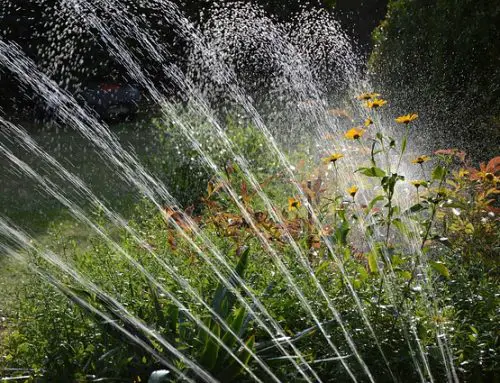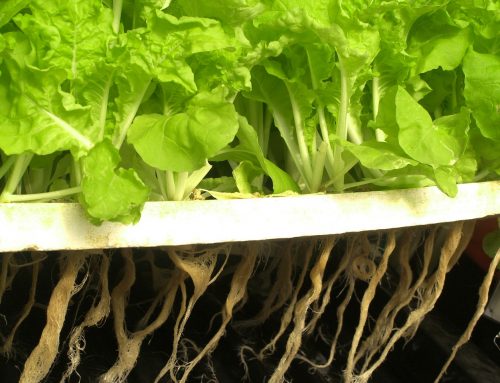The raised garden bed has gained immense popularity in the last couple of decades but the concept itself has been around for a long time.
Similar to container gardening, a raised garden bed is in essence a large planting box used for gardening instead of the traditional method of sowing plants directly in the ground.
Elevated garden beds, or “garden boxes” add an aesthetic appeal to the landscape, while also providing many advantages to the homeowner. Here are some ideas on how to make your garden look nice on a budget.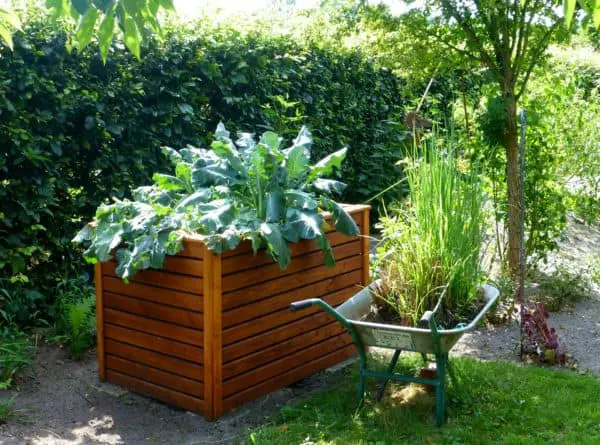
Advantages of a Raised Garden Bed
Ease of Use – One of the most advantageous aspects of building a raised garden is how much easier it makes gardening for people.
This is especially important for people with physical limitations. A raised garden bed puts less stress on the body and could be easier on your back and knees over traditional gardening.
Clean Slate – Sometimes it’s easier to start over than to fix existing problems, including what’s wrong with a particular garden soil.
Building a raised garden bed and bringing in all new soil could prove to be easier than amending the soil that already exists in the garden.
Often times naturally occurring soils need modification such as garden fertilizers in order to achieve optimum plant growth. Sometimes the pH is too low, sometimes the soil pH is too high, and in either case the soil needs the pH adjusted to maximize nutrient availability.
The soil could also be low in organic matter, high in salts, or maybe it has a texture that isn’t the best for plant growth. Instead of spending the time and money needed to amend a soil and get it to a certain pH or texture, filling raised planters with all new material allows the gardener to start fresh with a soil that is well suited for garden plants.
Improved Soil Structure – Bringing in new material to fill a garden bed also means a soil structure is created that is loose and friable. It contains a high amount of decomposed organic matter full of microorganisms and plant beneficial bacteria.
This improved soil structure allows for root growth, improved aeration, and better water drainage which keep roots from becoming waterlogged. The raised garden also means less foot traffic as plants are tended to, reducing the soil compaction.
Enhanced Weed Control – Compared to traditional garden plantings, raised bed gardens experience less weed problems. This is in part due to the new material – typically potting soil – brought in to fill the newly constructed beds.
These materials are screened to be free of weed seed reducing problems from the start. The plants in raised bed gardens are also planted more closely together.
As the plants grow, the shade canopy created is greater, and many weed species are suffocated out. Another benefit is that hand pulling weeds is easier because of the looser, more friable soil structure.
Better Pest Control – Just like the reduction in weed problems, infestations of pests are also decreased in raised bed gardens. Most garden pests crawl along the ground to reach the base of desired plants.
Walls on the sides of the raised garden boxes will deter them from making their way to the plants. They will quickly look for plants that are more easily accessible.
Secondly, it’s easier to spot pests in raised beds since the plants are closer to eye level and easier to inspect. Infestations are spotted earlier and treated more quickly, lessening the damage caused.
Extended Growing Season – When the weather begins to warm in the spring, the soil in a raised garden will thaw more quickly than the solid ground.
Once the soil in a raised bed is thawed, seedlings can be planted earlier since the soil temperature will be warmer than the ground.
Hoops can also be constructed over the top of a raised bed garden. Plastic sheeting stretched over the hoops create mini-greenhouses, allowing plants to grow longer in the fall than in the open air. This provides an advantage if you live in an area with a shorter growing season.
Portability – If garden plants don’t seem to be getting enough sunlight, a raised bed can be moved to a sunnier location.
Sometimes this will require dismantling the sides of the beds and then building a raised garden in a new spot. If chicken wire is used as a base of the structure, it may be possible to just slide the beds to a new location.
Higher Yield – Better soil quality, increased aeration, higher levels of soil organic matter will all contribute to higher yielding plants. Less competition with weeds and lower incidence of pests lead to less stress on plants and once again higher yields.
Plants in raised beds are also planted closer together than cultivated flat ground, increasing yields.
Building a Raised Garden Bed
The first step in building a raised garden, is determining the best placement. Garden plants need plenty of sunlight to grow and prefer protection from the harsh wind.
Once the location is figured out the bed can be constructed in any size desired. Lumber is the most common material used, but retaining blocks can work well also.
A raised bed at least 6” will provide plenty of space for roots to grow. After the frame of the raised bed is built clear the grass out from the bottom and line the bed with mesh hardware cloth, landscape fabric, or newspaper to minimize weeds.
Once the raised bed is fully constructed fill it with a mixture of nutrient rich soil and compost. Keep in mind the larger the bed, the more material will be needed to fill it. After constructed and filled with soil it’s time to plant and enjoy the advantages of a raised garden bed.
Wrapping Up
Of course if you don’t want to build your own raised garden you can always purchase a raised garden bed kit which would make the process much easier.
With the many advantages of a raised garden bed it’s easy to see why they are gaining so much popularity in home gardens. They are much easier on the body than gardening on the flat ground.
They offer improved soil structure, less weeds and pests, and higher planting rates with yields that are higher as well. This is a win-win situation for home gardeners.

